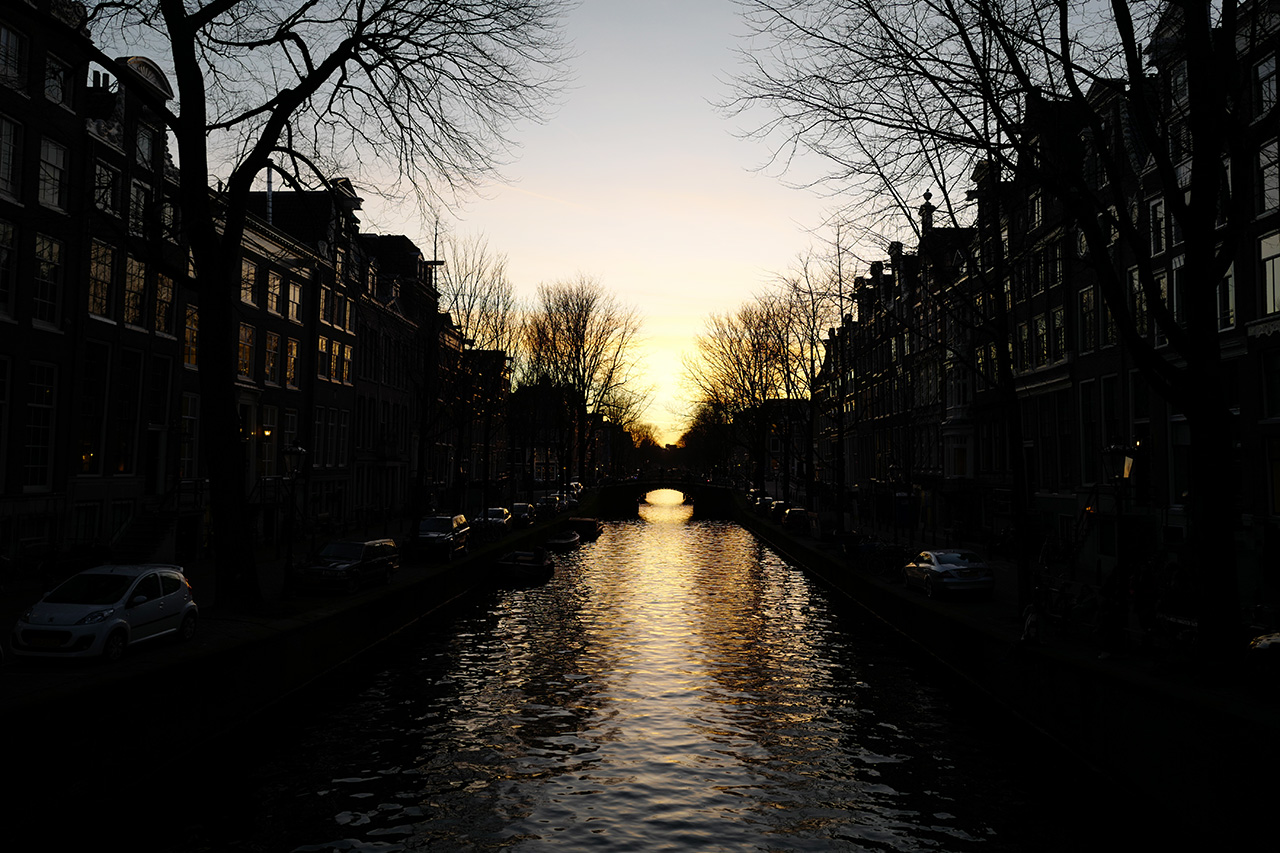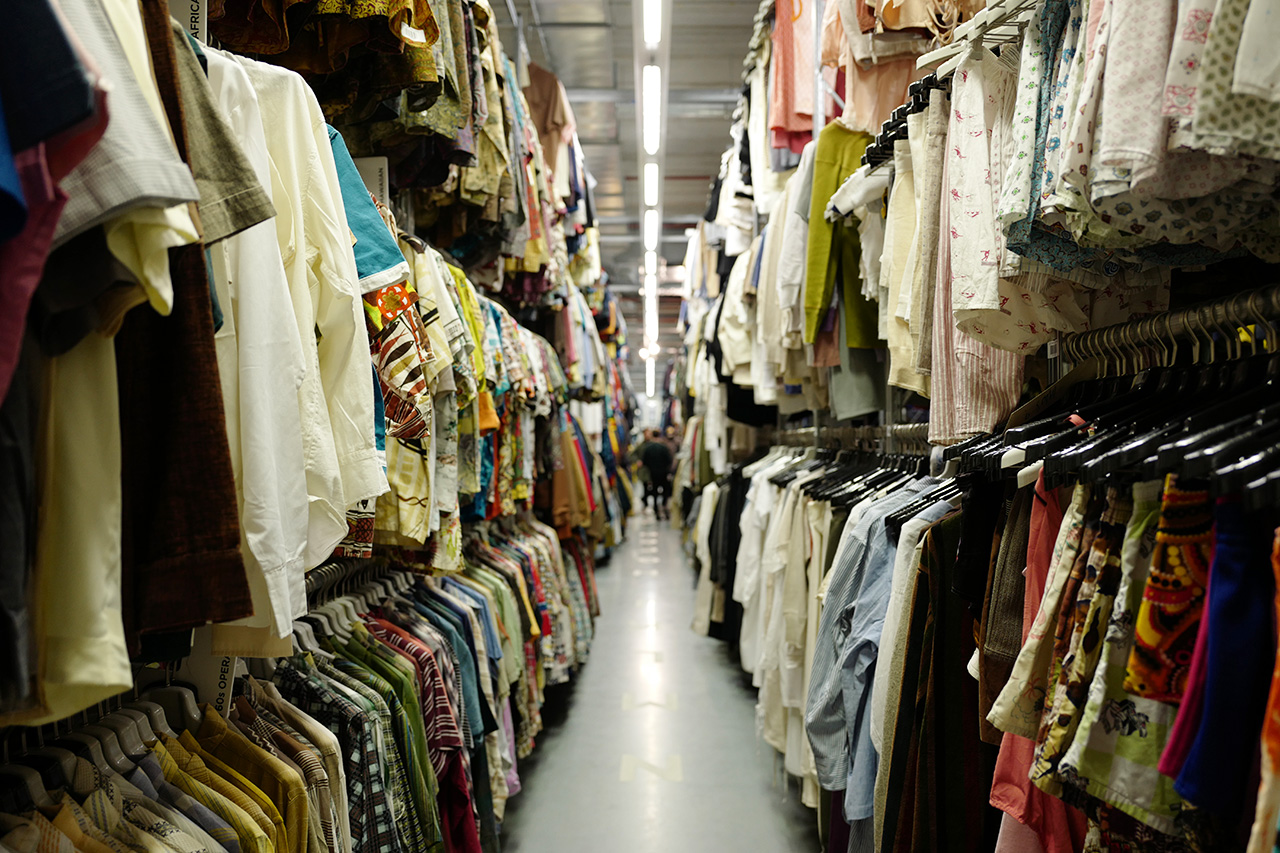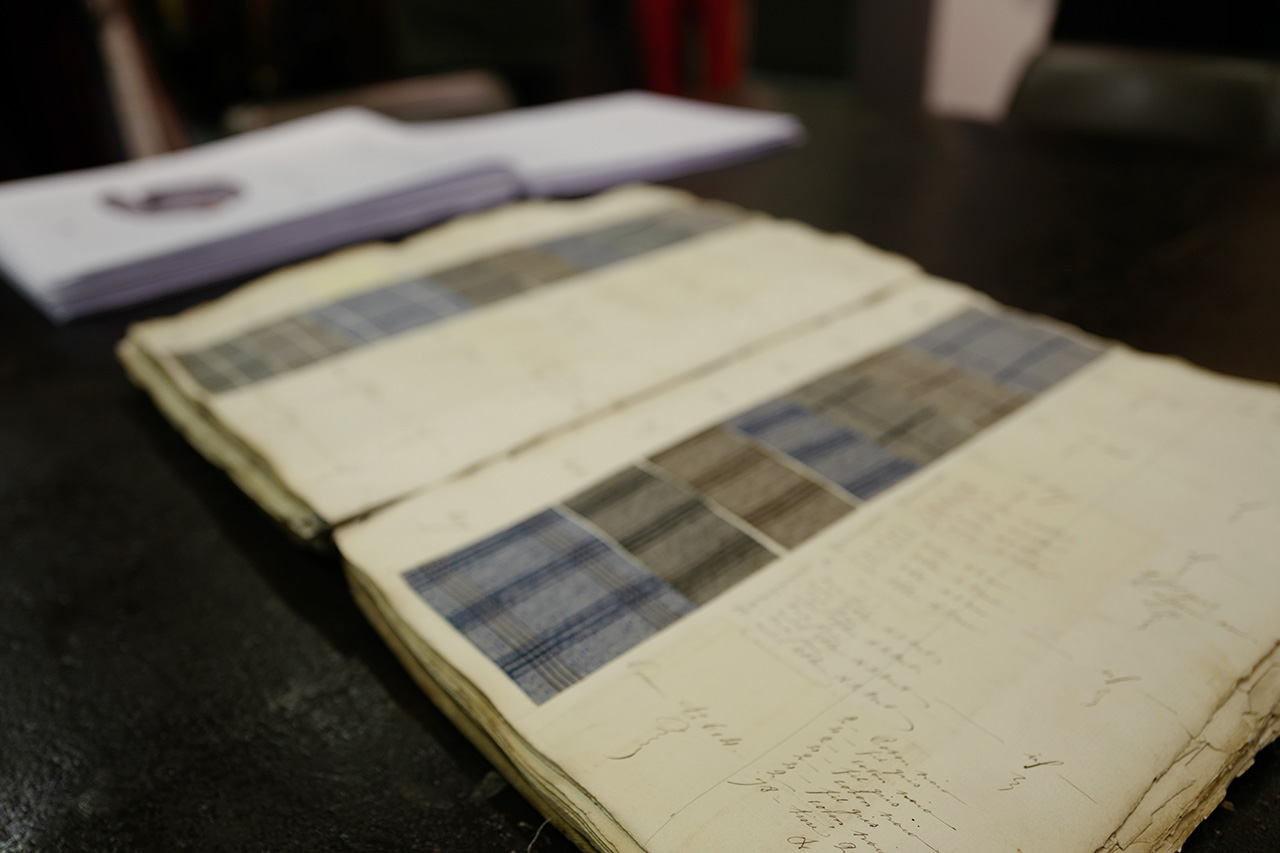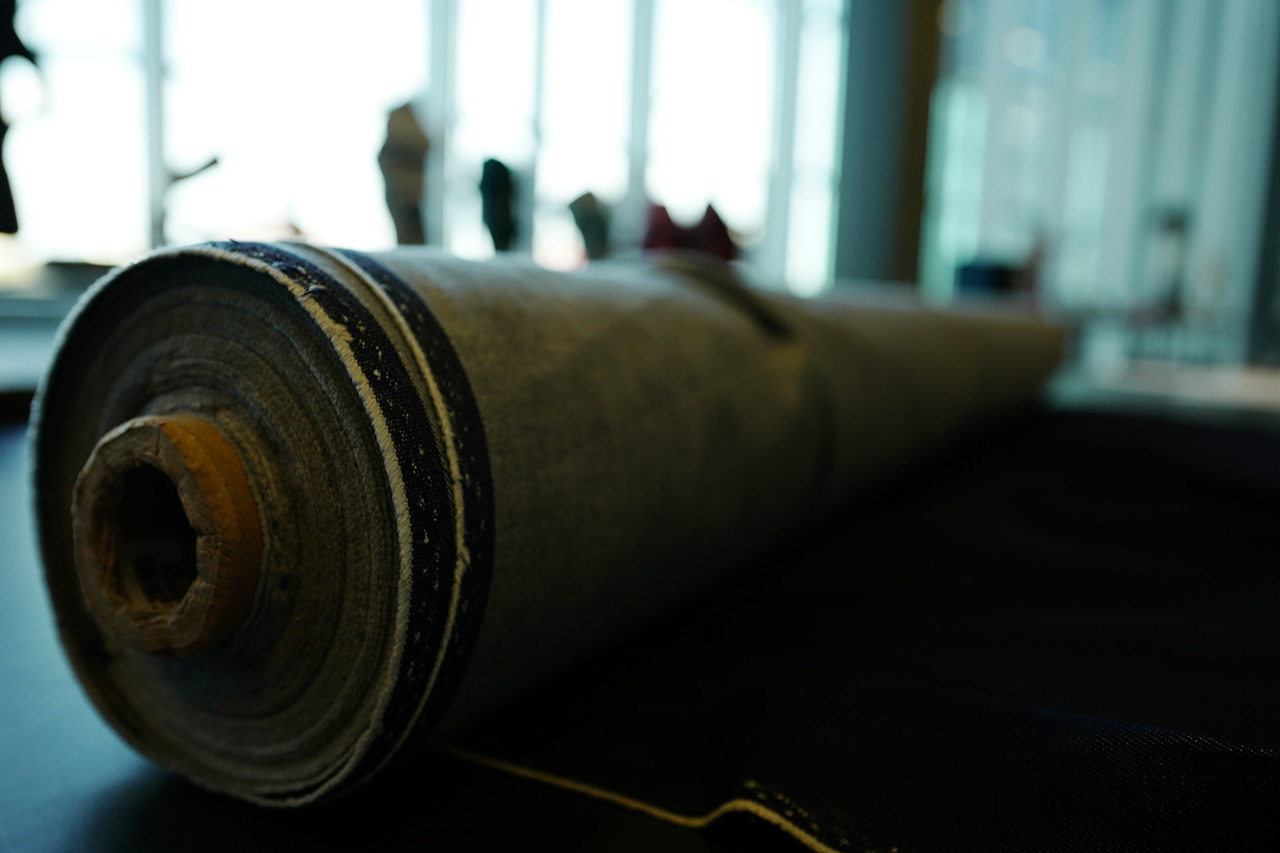News feed
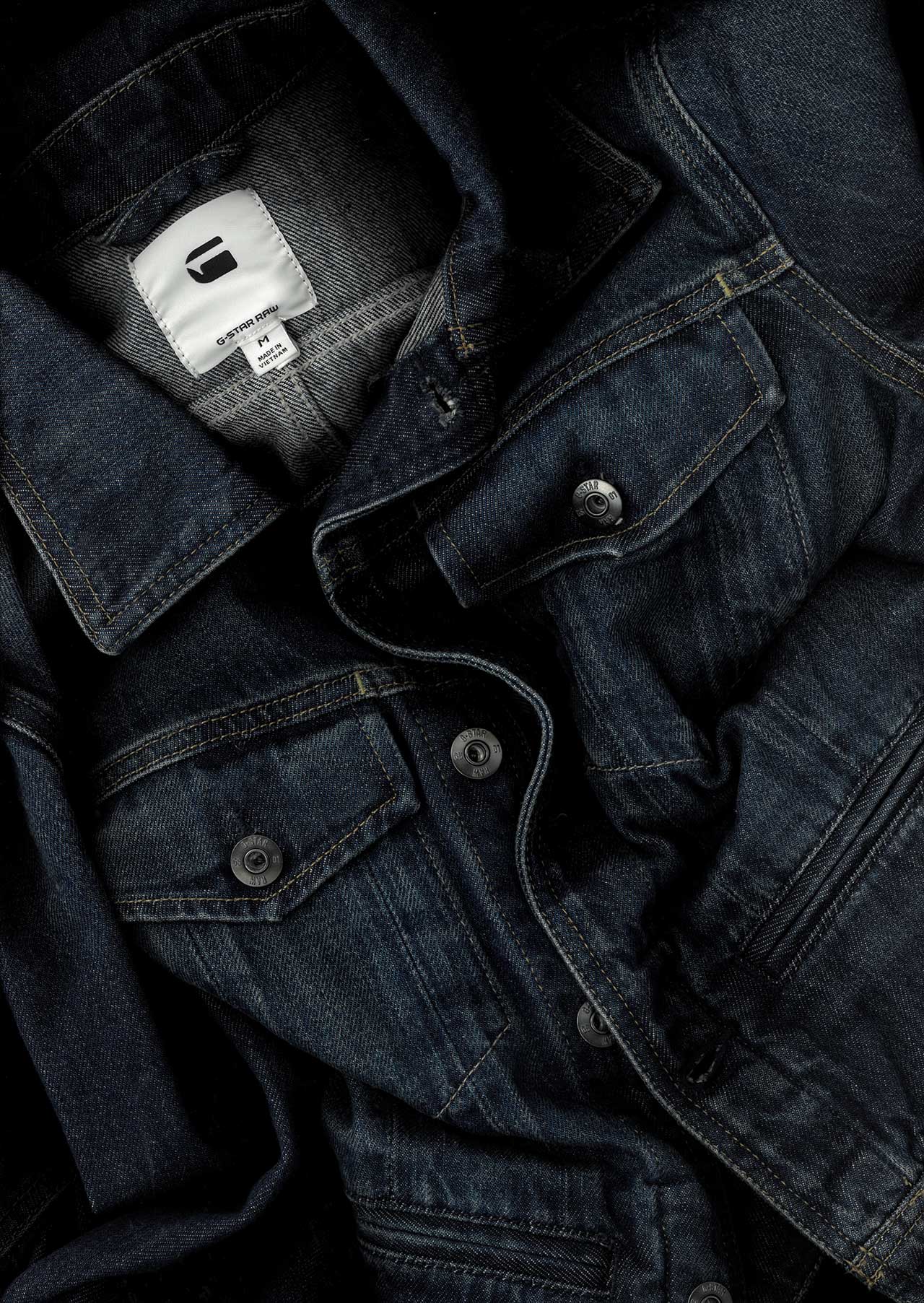
Over one quarter of land in the Netherlands – a vast network of drained lakes, meadows and flattened fields reclaimed by time and man alike – lies below sea level. Deeply romantic and eminently practical, the country’s many windmills have long played an important role in keeping the elements at bay, draining a landscape so unique there’s no word to describe it other than what the Dutch have long called the ‘polder’. Centuries ago, galvanised by an intricate network of dikes and dams, canals and bridges, mills and sluices, the Dutch staked an unyielding claim on their peaty lot and, in doing so, entered into a truce between the environment and technology that’s crept into every element of life. The notion of ‘makeability’ is as deeply Dutch as tulips and agreeable stoicism in the face of inclement weather. But while flooding was once the chief concern of the innovative, today a new generation are spearheading the use of bold technologies to alleviate a threat of our own insatiable devising.
Each year, more than 450 million pairs of denim jeans are sold globally in a retail market estimated to be worth US$56 billion. The cost of traditional manufacturing methods on the environment, however, far outweighs any material value. To make the assertion that theirs are among the Most Sustainable Jeans Ever made is a remarkable one, but one that the team behind G-Star RAW stands by wholeheartedly. At the brand’s headquarters, a monolithic ode to transparency in the industrial Zuid-Oost area of Amsterdam, it becomes evident that sustainability is not a hollow gesture made in resigned deference to the Zeitgeist. Instead, it’s an entirely devotional edict around which the company’s ethics and aesthetics have pivoted for over a decade. The use of sustainable, recycled and alternative fabrications in fashion is no longer an esoteric practice resigned to either the outliers of the industry, or conversely, the ateliers of high-end luxury brands and sportswear manufacturers. At G-Star RAW, a relatively young and undeniably forward-thinking company unencumbered by the centuries-old heritage of other denim stalwarts, sustainability has become an impetus for implementing industry-first practices. The aim: to change the way we think about and live in denim.
For years, the label viewed environmental sustainability through an informal lens, says Frouke Bruinsma, corporate responsibility director at G-Star RAW. While always an important part of the brand, sustainability practices were once more concerned with the impact of producing in developing countries, oftentimes to mitigate encounters between activist groups and suppliers. In the years since, the brand’s approach has matured at a rate commensurate with the company’s growth and the attention its practices have garnered – practices now undertaken in conjunction with activists and NGOs alike. Bold commitments to reduce environmental impact include moving toward a 100 percent use of sustainable materials, and a zero percent discharge of hazardous chemicals, both by 2020.
Unsurprisingly, denim is a key sustainability focus for the brand – cotton accounts for 80 percent of each collection, says Adriana Galijasevic, sustainability fabric developer. In February this year, G-Star RAW debuted the aptly named Most Sustainable Jeans Ever: the Elwood RFTPi jean, (along with its counterpart, the D-Staq RFTPi denim jacket). Galijasevic’s assertion that the new technology is unlike anything else in the world is far from hyperbole; as testament to the fact, the company has made the admirable choice to share or “open source” its approach to sustainable denim manufacturing.
“If you look at the history of the brand, there has always been a desire to really change what’s happening in the industry and inspire people to rethink what denim is, how it can be warm, what its potential is,” says Sean Peron, marketing strategy director. True to Netherlandish form, theirs is undeniably a watershed moment.
The collection itself is the culmination of not only all the design and manufacturing teams have learnt to date, but of rigorously challenging practices that have remained unchanged for over 120 years. It’s makeability made anew. The brand partnered with The DyStar Group and Artistic Milliners, a denim manufacturer based out of Pakistan, to create the cleanest indigo-dying technology in the world. Dubbed Crystal Clear, it uses 70 percent less chemicals than standard procedures. Eliminating hydrosulphites, a chemical catalyst that bonds dye to fibre (in this case, 100 percent organic cotton) means there is no toxic by-product in the indigo reduction and dyeing processes. In collaboration with long-time manufacturing partner Saitex, 98 percent of water used in washing the denim is rendered recyclable – the remaining two percent left to evaporate. And with a mind to the garment’s life beyond initial wear, metallic zippers and rivets are gone, replaced with EcoFinish buttons made without acidic electroplating.
Similarly, tags and labels are crafted using Forest Stewardship Council paper. The result is the most sustainable pair of denim jeans G-Star RAW has ever created; but not content with their own satisfaction, the company sought third-party verification of its eco-cred. According to Galijasevic, the Cradle to Cradle Products Innovation Institute, administers of their namesake Certified Product Program, assessed “every molecule” of the jeans. Placed under rigorous scrutiny for close to two years, the denim emerged with a world-first gold certification on its first attempt. Now, through the institute’s Fashion Positive Materials Library, the rest of the industry can access the fabric development processes. The ball, it would seem, is in their court.
It’s early days, but Bruinsma and her colleagues hope that the industry will follow suit as benchmark sustainability practices gain more transparency. As for how these latest advances fit into a broader timeline, the team are hesitant to reduce innovation to a mere offshoot of their Dutch heritage. Instead, all agree it is part of the company’s globally minded and democratic DNA. “I do think that the mentality of trying new ways and being open to explore new things is something that you can actually connect back to Dutch design and [the] Dutch approach [of] going, ‘How do we try something different?’” says Peron.
“It’s instilled within the culture, but at the same time, it’s focused, it’s quite a brand thing,” adds Galijasevic. “It’s a vision of ours from the beginning.”
Tile and cover image: Dané Stojanovic
Gallery images: Nicholas Carolan/Shot on a Leica Q





